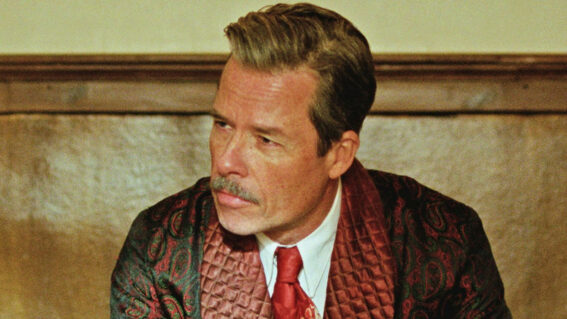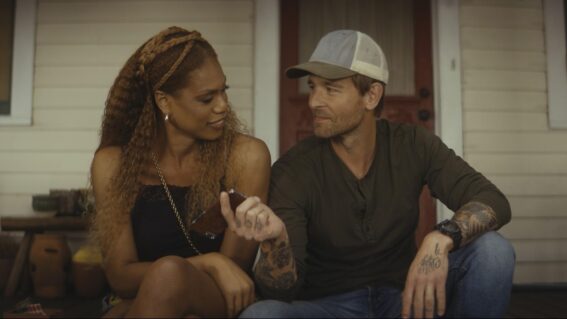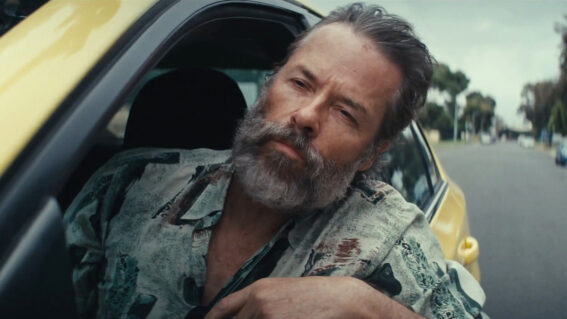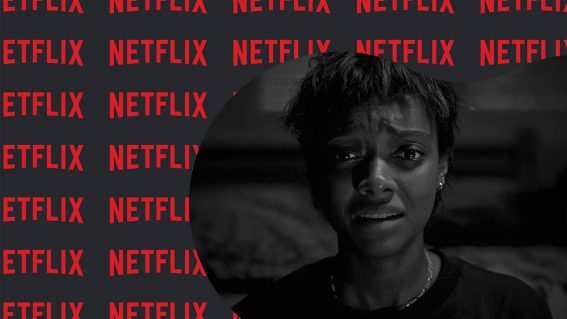I finally watched Brawl in Cell Block 99 – and it is astonishing
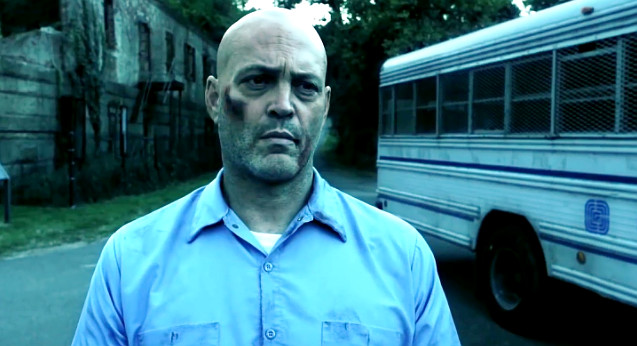
Brawl in Cell Block 99’ is an attention-grabbing, grindhouse-sounding title, as literal and self-explanatory – though nowhere near as gratuitous – as the grisly words stamped across the key art for the 2009 exploitation film Dead Hooker in a Trunk. It is also a dramatic understatement of what’s up the sleeve of writer/director S. Craig Zahler, whose second feature (following the 2015 western Bone Tomahawk) is less a brawl than a bloodbath, and less a journey to prison than a slow, nerve-jangling descent into hell.
You’ve probably sensed by now whether this film might be for you. It is extremely violent, with moments of jaw-snapping gore. But only eventually, after the film has spent many minutes (you’ll wait over an hour for the violence, and almost two for the extremity) brewing in a kind of psychological wasteland, earning its place as a classic of slow-burn, realm of the senses horror.
The icky, enthralling Cell Block 99 is Kafkaesque and Orwellian. It’s a terrible journey greyed in moral (is he justified?) and circumstantial (will he get out?) ambiguity for the incarcerated, tough guy protagonist, Bradley Thomas. He is played with terrifying poise by Vince Vaughn: one part pathos, three parts grunt and menace.
The film’s title will get people in the door, so to speak, given it did not receive cinema distribution in Australia (it arrived online in December last year and on DVD/blu-ray on January 31; details here). They will then grapple with an experience immeasurably more interesting and challenging than the trigger happy midnight movie insinuated by the title.
The story begins as Bradley, a recovering alcoholic, is fired from work, then comes home to discover his wife Lauren (Jennifer Carpenter) has been having an affair. Tough day. When asked by a colleague if he is OK, Bradley reveals a flicker of wit when he dryly responds – with a line he repeats later – that he is “south of OK, north of cancer.” Bradley decides the best chance he has of pursuing the American Dream (the flag waves on his porch) and caring for Lauren – who he is ferociously loyal to, despite her infidelity – is to work as a drug courier.
A scene showing them having a heart to heart, discussing plans for the future in their lounge room, signposts the aesthetic audacity Zahler has in store – which, among other things, involves an almost complete aversion to close-ups. Rather than opting for a tight, claustrophobic look – the obvious choice for a prison movie – the director is reluctant to box in cinematographer Benji Bakshi’s blueish-graded compositions. He fills Brawl in Cell Block 99 with roomy mid-shots, actors consuming unusually small portions of the frame. This has a distancing effect, emphasising the space between them and the gaps in Bradley’s life.
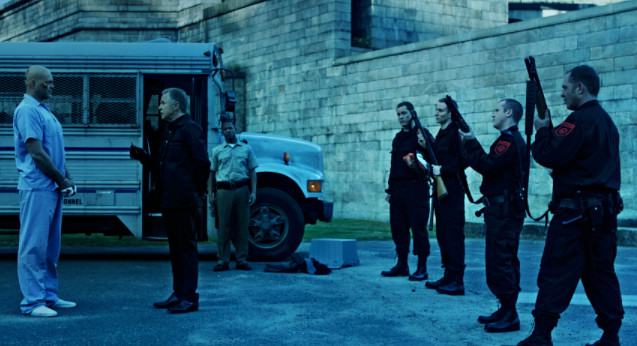
The director also cuts sparingly, an approach antithetical to the flashier, frenetic style favoured by many of his action-directing contemporaries. Rather than providing a sense of spatial relief, Zahler achieves the opposite: filling the frame with oxygen, then sucking the air out of it. Look around all you like, the director appears to be saying: there is no hope in any direction; no chance of reprieve. It takes a while for the full effect of Zahler’s disciplined visual style to kick in, and when it does – boy, this film carries a kick.
The titular location refers to the place Bradley, jailed and blackmailed, must go to find a man he is instructed to murder. If he fails, Lauren and the couple’s unborn baby will be killed. The director doesn’t have to explicitly state anything to make the film’s final, gut-busting act intensely psychological and symbolic. The blueish tint goes, replaced by a hellish red glow, to show the protagonist is close to something. His inner demons? His raison d’être? His final hours?
By this point, reminiscent of the conceptual ambiguity of Kafka’s The Trial, and the existentialism of Albert Camus’ The Outsider – about a man who committed murder for little reason other than that he was hot and bothered – the nature and extent of Bradley’s crimes are irrelevant. All but the smallest shards of his soul have been lost. Nothing remains other than purpose, and the belief that somehow, in some way, this purpose might mean something.
What a film; what an achievement. Wild. Tumultuous. Terrifying. Astonishing. Constructed with scalpel-like precision. Intense and purpose-driven, like the protagonist. Zahler’s carrot and stick approach – lure ‘em in with a junky title, then give ‘em something to think about – looks set to continue. His next film will star Mel Gibson as an ageing policeman. It’s called Dragged Across Concrete.
Visit this page for information on how to watch Brawl in Cell Block 99



